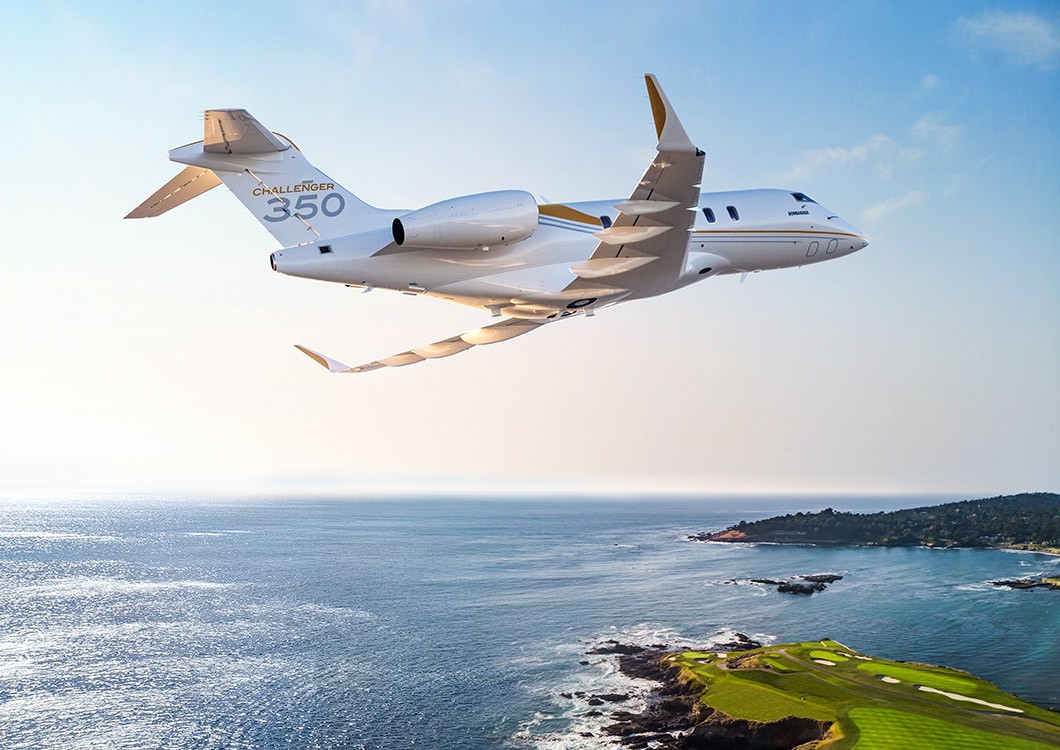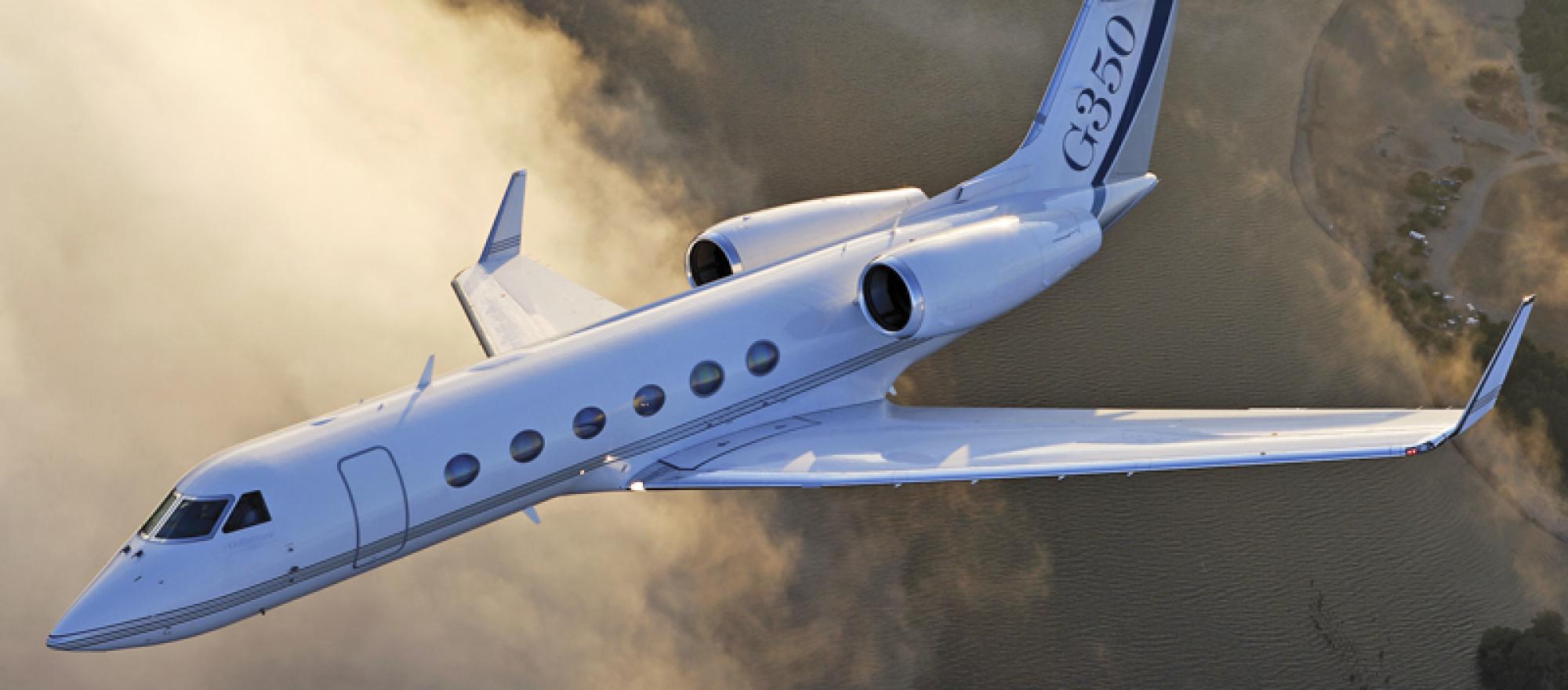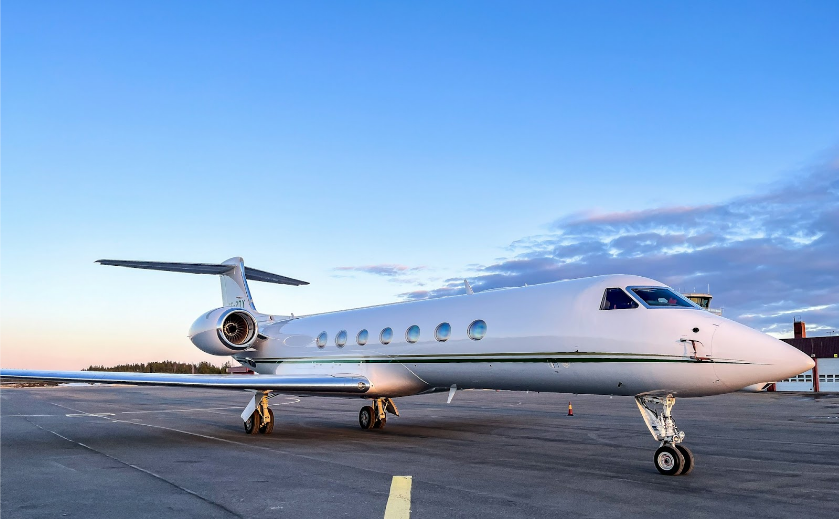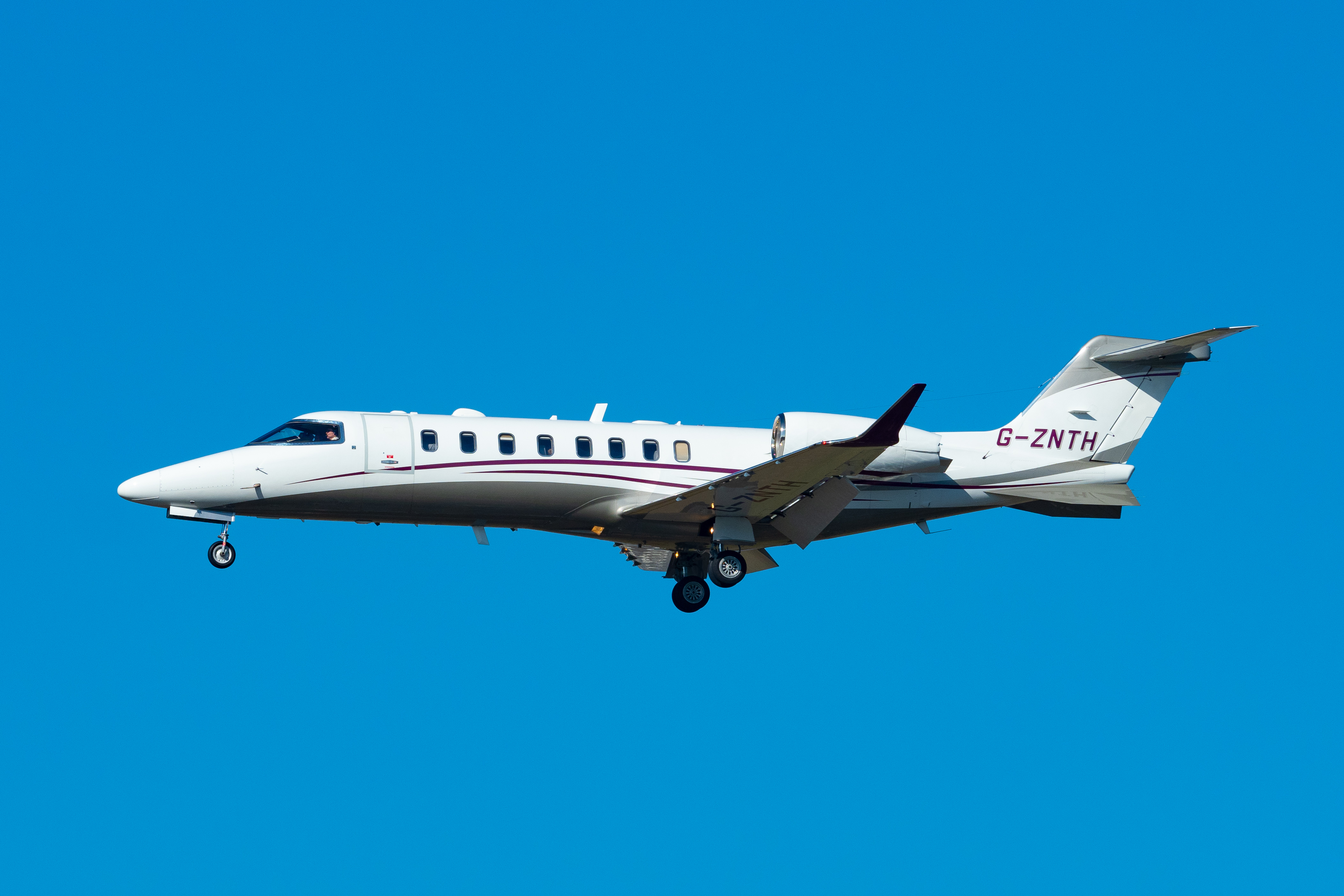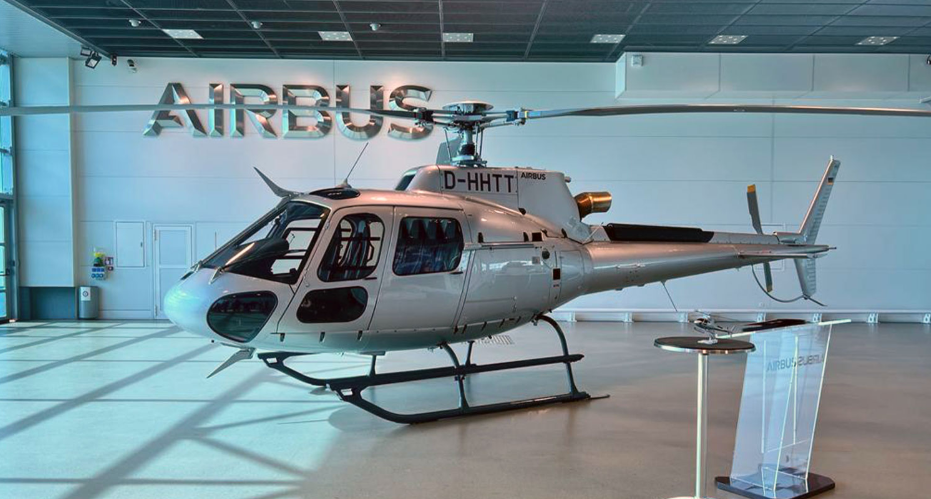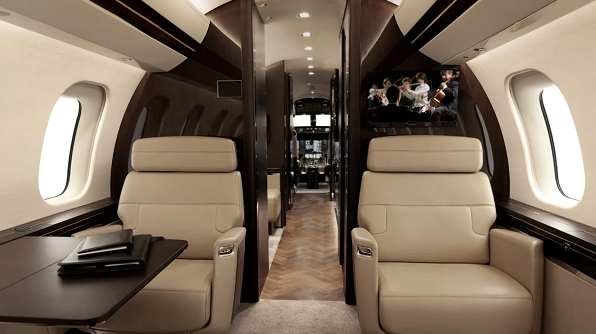A Review of The Robinson R66 : the Sky King
7 min read

When the Robinson R66 first took to the skies, it made a clear statement; affordable turbine-powered flight doesn’t have to mean cutting corners. Designed and manufactured by the Robinson Helicopter Company, the R66 is a light utility helicopter that’s been winning over pilots and operators since its official certification in 2010.
With its sleek design, reliable Rolls-Royce engine, and an impressive list of optional features, the R66 fills a unique space in the aviation market.
In this review, we’ll explore the ins and outs of the R66, from its performance and specs to its competitors and quirks; so you can decide whether it’s the right helicopter for your mission, or just another turbine bird with a clever marketing plan.
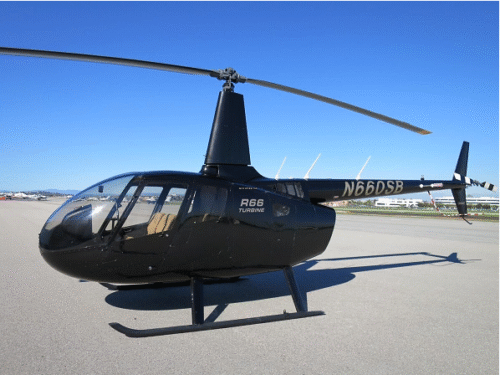
History and Development
The Robinson R66 didn’t just show up out of nowhere; it was the result of years of careful planning by Robinson Helicopter Company, which wanted to bring turbine power to the same folks who loved the simplicity and affordability of their piston-powered R44. The idea was to create something familiar but more powerful, without sending costs through the roof.
It first took to the skies in November 2007, and after a few years of testing and tweaks, it officially got FAA certified in October 2010.
That’s when things really kicked off. Pilots who had grown comfortable with Robinson’s smaller models now had the chance to step up into a turbine without leaving the brand (or their budget) behind.
The design stayed true to the Robinson style: light, straightforward, and built with real-world users in mind. The cabin layout is simple and sensible, with a single pilot seat in the front and room for four passengers in the back, sitting side by side. It’s practical, especially for private owners, flight schools, and commercial operators who just need something that works without a ton of bells and whistles.
Performance and Capabilities
When it comes to real-world flying, the Robinson R66 delivers more than just a solid spec sheet—it offers a genuinely practical mix of speed, efficiency, and flexibility. Powered by a Rolls-Royce RR300 turboshaft engine, the R66 brings turbine performance to a category that’s often dominated by piston aircraft.
The RR300 is known for being smooth, reliable, and relatively easy on maintenance, which makes the R66 a comfortable and cost-effective option whether you’re flying solo or running a commercial operation. On paper, the numbers are strong: a maximum speed of 140 knots (160 mph), a cruise speed around 110 knots (130 mph), and a range of about 350 nautical miles (roughly 400 miles or 650 km).
That makes it more than capable for regional hops, extended training sessions, or patrol-style missions that require covering some serious ground without worrying about frequent refueling.
The gross weight limit is 2,700 pounds, but Robinson smartly offers the option to bump that up to 2,900 pounds with the cargo hook installed.
That’s a big deal if you're using it for utility roles like external load work, light cargo lifts, or even air support in agriculture or law enforcement.
The external cargo hook allows for up to 1,200 pounds of load, expanding what the aircraft can realistically be used for. It's small but mighty when it comes to lifting capability.
Design Features and Customization Options
And it’s not just about speed or lift, Robinson made a few smart design decisions that improve performance where it really matters. The airframe construction combines advanced composites, aluminum alloys, and chromoly steel, creating a structure that’s both strong and lightweight.
That helps boost fuel efficiency and improves handling, especially when you’re fully loaded or flying in hotter, higher conditions.
One feature that really sets the R66 apart is its dedicated cargo hold, which can handle up to 300 pounds (140 kg) of luggage or gear. For private owners, that means no more stuffing bags awkwardly around passengers. For commercial users, it opens up options for equipment-heavy missions or longer hauls. It’s a small touch that makes a big difference in usability.
Then there’s the long list of optional upgrades that let you tailor the aircraft to fit your mission perfectly. You can outfit the R66 with a Garmin digital glass cockpit, complete with the G500H or the newer TXi series.
There’s also HeliSAS autopilot for smoother, safer flight handling, especially handy on longer missions or when operating solo.
Need to extend your range? There’s an auxiliary fuel tank option. Want your passengers to stay cool? Go for the air conditioning upgrade.
Operating in wet or coastal areas?
The Marine version of the R66 comes with pop-out floats, FAA-certified for water landings. And if you’re flying in lower light conditions or doing night operations, you can opt for LED landing lights and a next-gen glare-shield avionics package that enhances visibility and safety.
In 2017, Robinson also introduced the TB17 lithium-ion battery option, which is significantly lighter than traditional batteries and helps shave a few more pounds off the aircraft’s empty weight. And in the 2020s, they redesigned the tail rotor to improve roll stability, especially useful when flying in gusty or uneven conditions.
In short, it’s not just about speed or stats; it’s about what this helicopter lets you do. And in that department, the R66 punches well above its weight.
Cabin and Seating Layout
The R66’s interior is pretty straightforward. There’s space for five people total—the pilot plus four passengers.
The seating is cozy but comfortable, and the extra luggage compartment in the back keeps the cabin from feeling cramped. Unlike some light helicopters that sacrifice interior space for weight savings, Robinson manages a nice balance here.
For short trips, sightseeing tours, or utility missions, the cabin does the job just fine.
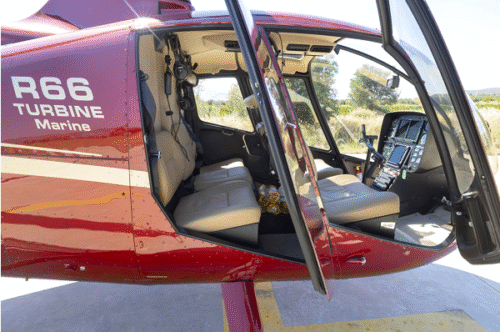
Operational Cost
One of the standout strengths of the Robinson R66 is how manageable it is in terms of operating costs, especially when you consider that it’s a turbine helicopter.
Designed for single-pilot operation, the R66 is accessible to both seasoned aviators and newer pilots looking to step up from piston-powered machines without being overwhelmed by complexity or expenses.
From a maintenance perspective, the R66 keeps things simple. Its Rolls-Royce RR300 engine is known for having a straightforward design that translates into lower maintenance costs compared to many other turbine-powered helicopters.
And thanks to a major update from the FAA in 2024, the service life of several critical components was doubled; from 2,000 to 4,000 hours. That update alone brought operating costs down by around 6% and cut overhaul reserves by 25%, which is a significant saving over the long haul.
In terms of fuel, the R66 consumes about 23 US gallons of Jet-A per hour. While that’s higher than piston aircraft, it’s actually quite competitive for a light turbine model. If we use a conservative fuel price of $4.25 per gallon, that translates to around $97.75 per hour in fuel costs alone.
Looking at the bigger picture, the estimated hourly operating cost comes out to about $848 per hour, assuming 450 flying hours per year. That includes both variable costs ($204,660 annually) like fuel, maintenance, and wear-and-tear; and fixed costs ($176,975 annually) such as insurance, hangar fees, and scheduled inspections.
All in, that brings the total estimated annual operating cost to roughly $381,635, based on calculations from industry sources like MyAircraftCost.
Competitors in the Same League
Every aircraft has rivals, and the R66 has a few worth mentioning. In its price and performance category, the main competitors are:
⦁ Enstrom 480B – A sturdy light turbine chopper with similar range and payload. It’s reliable but lacks the broad customization options of the R66.
⦁ Eurocopter EC-120B (now Airbus H120) – Offers comparable seating and build quality but is more expensive to acquire and maintain.
⦁ Bell 505 Jet Ranger X – Perhaps the closest modern match. It’s newer, flashier, and comes with slightly more high-end tech, but again, you’re paying a premium.
What gives the R66 an edge is its lower purchase cost (between $820,000 and $1.8 million depending on configuration) and reduced operating costs. While the Bell 505 may feel more polished, the R66 keeps things lean without sacrificing critical performance.
The Good, the Bad, and the Honest Opinion
Let’s be real, no helicopter is perfect. The R66 has its pros and cons, depending on what you're looking for. Why it’s a good option:
⦁ Affordability: It’s one of the least expensive turbine helicopters on the market.
⦁ Customizability: From avionics to floats, the options are plenty.
⦁ Maintenance savings: Lower upkeep costs and longer service intervals.
⦁ Simplicity: Easy to fly, easy to maintain, and easy to own.
Why it might not be for you:
⦁ Luxury is limited: The cabin is nice, but it’s not going to rival premium offerings from Airbus or Bell.
⦁ Performance ceiling: Great for light utility work, but not built for high-altitude or heavy-lift missions.
⦁ Noisy compared to some rivals: It’s a helicopter, yes, but the noise insulation isn’t exactly first-class.Final Verdict
The Robinson R66 offers a solid mix of performance, simplicity, and relatively low operating costs for a turbine helicopter. It’s not luxurious, and it’s not built for extreme conditions, but it gets the job done for a wide range of users; from private pilots to small commercial operators.
It’s best suited for those who value cost-efficiency and straightforward flying over high-end features. While it has its limits, especially in cabin comfort and load capacity, the R66 remains a strong contender in the light turbine market for good reason.
